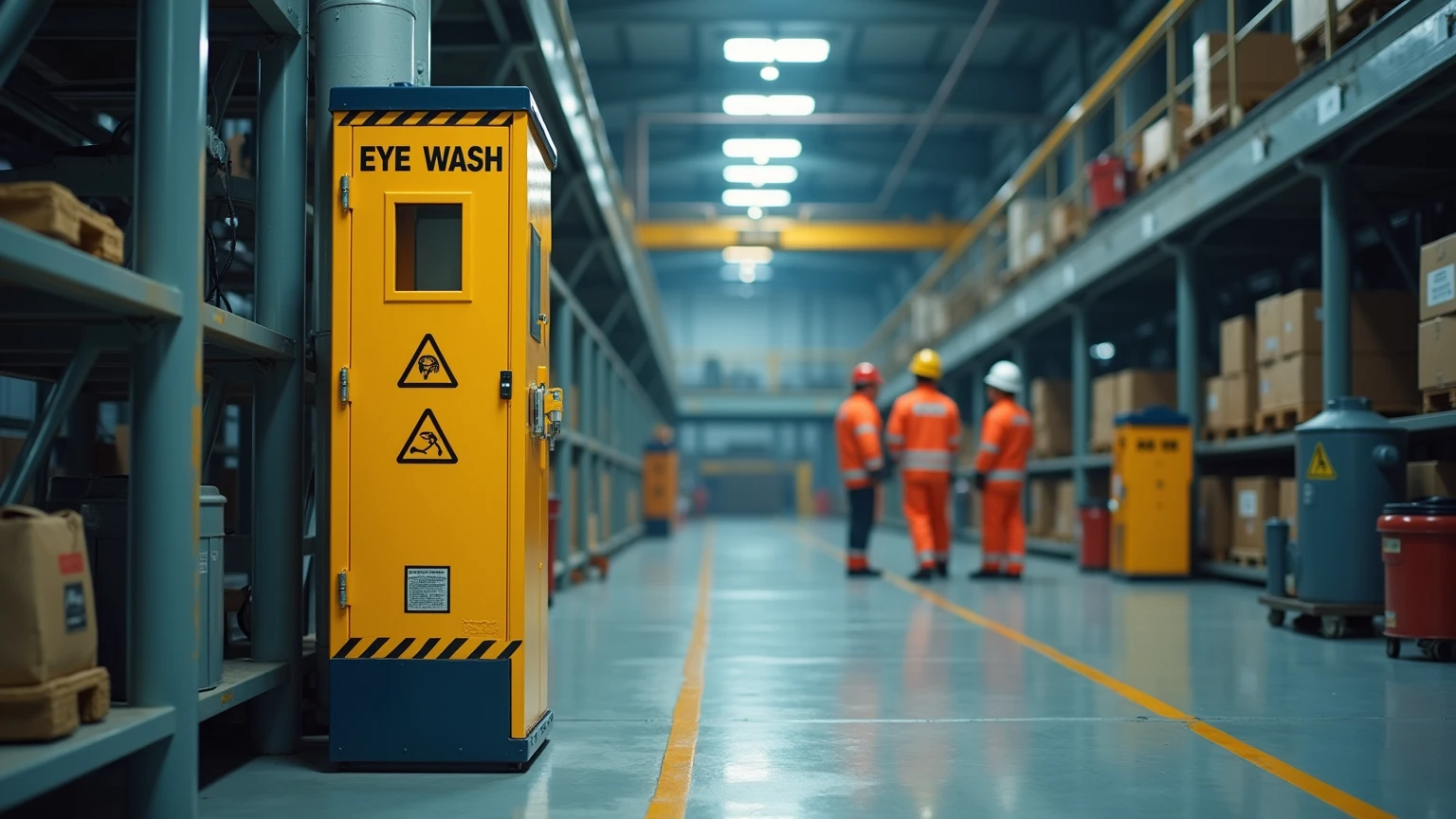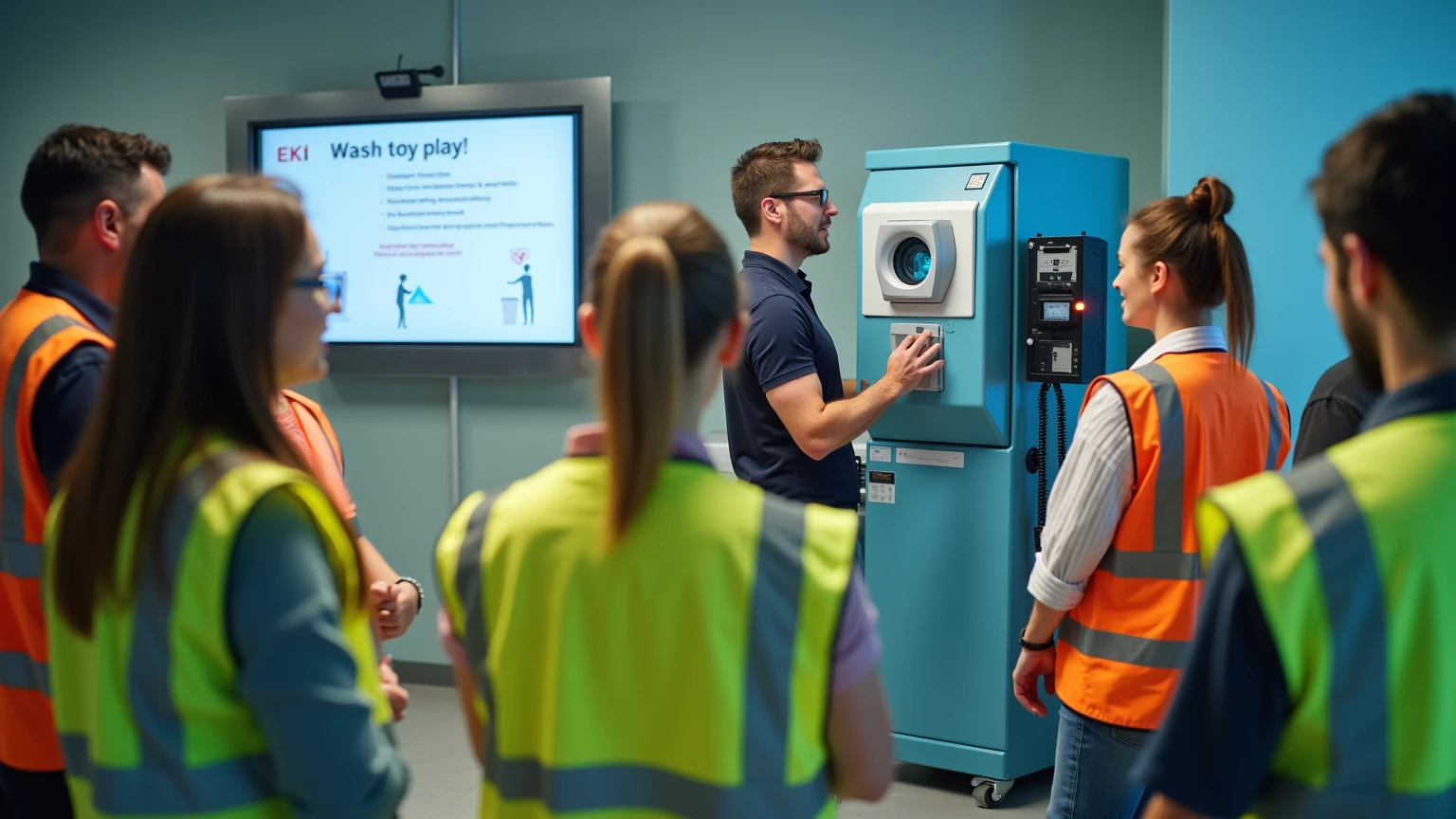Eye wash stations are essential emergency devices designed to provide immediate first aid to individuals who have experienced exposure to hazardous materials, particularly chemicals. These units deliver a gentle, controlled stream of water or a sterile eye wash solution, allowing affected individuals to flush away contaminants from their eyes in a safe and effective manner. According to the American National Standards Institute (ANSI) Z358.1-2014, every workplace where harmful substances are handled must equip eye wash stations to ensure immediate access and adequate functionality during emergencies. Regular testing and maintenance are critical to ensure that these stations operate effectively when needed the most.
Compliance with safety regulations is paramount when it comes to eye wash stations. Organizations like OSHA (Occupational Safety and Health Administration) mandate that employers maintain these emergency devices in accordance with established safety standards. The ANSI Z358.1 standard provides detailed requirements regarding the installation, operation, and maintenance of eye wash stations and emergency showers. These regulations help safeguard workers’ health by ensuring that emergency equipment is easily accessible and fully operational at all times.
The significance of prompt response to chemical exposure cannot be overstated. Studies indicate that the first 10 to 15 seconds post-exposure is critical for reducing the risk of serious injury. Inappropriate or inadequate flushing can exacerbate damage, resulting in severe health consequences. Eye wash stations serve as crucial initial response mechanisms that provide workers with necessary care, mitigating potential harm and enabling swift recovery.

Regular maintenance checks play a vital role in ensuring functionality. The ANSI Z358.1 standard recommends that eye wash stations be activated weekly to clear stagnant water, preventing microbial contamination. A weekly inspection will confirm adequate watering pressure, clean water output, and that no mechanical issues are present. It's essential to document these inspections diligently to establish maintenance compliance.
The most common issues faced by eye wash stations include stagnation of water, clogs in the nozzles, and mechanical malfunctions due to rust and corrosion in plumbing. Neglecting routine maintenance can lead to potentially catastrophic failures during an emergency. For example, stagnant water can harbor harmful bacteria, exposing users to serious infection risks, while clogged nozzles may disrupt the critical flow of sterilizing fluid.
Regular flushing and testing contribute significantly to the longevity of eye wash stations and the safety of employees. Flush testing removes sediment and contaminants that can accumulate over time. This action not only preserves water quality but also determines the flow pressure and ensures the units are functioning correctly. It also offers peace of mind knowing that in the event of an emergency, workers can rely on their eye wash stations to perform effectively.
Proper installation and strategic placement of eye wash stations are foundational elements of workplace safety. According to ANSI guidelines, these stations should be easily accessible within 10 seconds of any potential hazard, typically not exceeding a 55-foot distance. Clear signage and well-lit locations help ensure that workers can quickly find the equipment in times of distress.
Establish a routine maintenance schedule. This should include weekly fluid tests, checking for visibility and accessibility, and ensuring that no obstructions interfere with reaching the units. Facility managers should keep a log of maintenance activities for reference and compliance during inspections.
Training employees on the correct use of eye wash stations is equally as crucial as having the devices themselves. Staff should be well-versed in operating the equipment, understanding the protocols for chemical exposure responses, and recognizing the importance of using the stations quickly and efficiently.
Highly visible signage marking the locations of eye wash stations is vital for emergencies. Signs must be simple yet informative, enabling employees to locate the stations even under duress. The paths leading to the stations should also be clear of any obstructions that may inhibit quick access.
Regular training sessions not only educate employees on the proper operational procedures but also reinforce the importance of safety in their daily activities. Involving staff in drills and mock scenarios prepares them to respond effectively during real emergencies.
A robust emergency response strategy should outline specific actions for different potential hazards. Utilizing drills can enhance preparedness, ensuring that staff members know how to act quickly and confidently in emergency situations involving chemical exposure.

As workplace demands evolve, there’s a growing trend towards portable eye wash systems, particularly in spaces without dedicated plumbing. Portable units boast self-contained solutions, providing flexibility and extending access to eye wash capability in various environments.
Recent innovations have led to the development of advanced flushing solutions, including dual-action stations that are capable of delivering both eye washing and full-body showering support. This technology optimizes user experience while enhancing safety measures against chemical exposure.
Technology integration in maintenance practices has the potential to revolutionize how companies ensure equipment readiness. Predictive maintenance systems can analyze usage data and identify potential issues before they arise. This proactive approach keeps eye wash stations operational and ready for emergencies.
Eye wash stations should be activated weekly and inspected to ensure they are operational.
Key components include a reliable water source, accessible control mechanisms, and sterilized flushing solutions.
Yes, portable eye wash stations can be very effective, especially in environments without access to running water. They provide necessary emergency flushing capabilities.
Employees should learn how to locate, operate the stations, and understand protocols following chemical exposure.
Regular flushing prevents stagnation and contamination, ensuring that clean, safe water is available when needed the most.
By prioritizing effective maintenance and following best practices for eye wash stations, organizations can ensure a safer work environment, fostering increased employee confidence in their emergency response protocols.